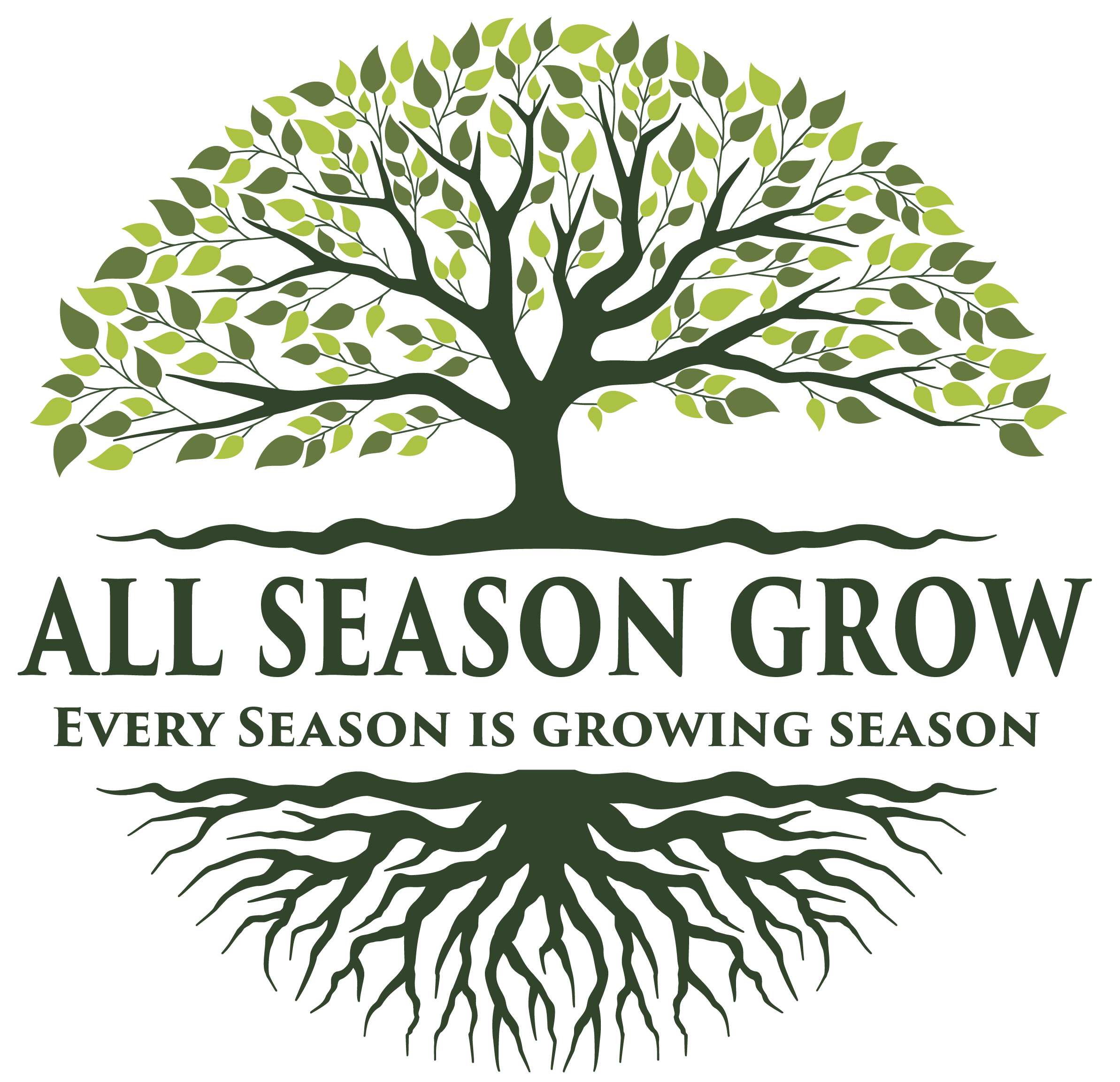This post may include affiliate links. We may earn a commission for purchases made using these links at no cost. Please see our disclosure to learn more.
Winter’s finally loosening its grip, and if you’re like me, you’re itching to get back into the garden and will need spring gardening tips to get started. There’s something magical about those first warm days—when the soil softens, the birds return, and suddenly, it’s time to plan for a season of growth. Whether you’re a seasoned green thumb or just starting out, a little prep now goes a long way. Here’s how to set your garden up for success with these simple spring gardening tips:
1. Tidy Up & Prep Your Space
Before you start planting, give your garden a good once-over. Clear away fallen leaves, broken branches, and any lingering weeds. If your soil looks tired (hey, winter’s rough on all of us), mix in some compost or aged manure to wake it back up.
2. Plan Your Garden Layout
A little planning now saves headaches later. Think about what worked last year—and what didn’t. Try companion planting (like pairing tomatoes with basil) or rotating crops to keep the soil happy. Short on space? Vertical gardening or trellises can be game-changers.
3. Get a Head Start with Seeds Indoors
Some plants need extra time to get going. Tomatoes, peppers, and herbs love an early start indoors under grow lights or in a sunny window. Just be sure to harden them off before transplanting—those tender seedlings need to toughen up before facing the real world.
4. Play It Safe with Cold-Hardy Plants
Spring weather loves to tease us with warm days followed by surprise frosts. Play it safe by starting with tough customers like lettuce, spinach, kale, and peas. They can handle a chill and will give you fresh greens while you wait for warmer days.
5. Feed Your Soil
Good soil = happy plants. Test your soil’s pH if you’re curious (kits are cheap and easy), but at the very least, give it a boost with compost or organic fertilizer. Your plants will thank you.
6. Water Wisely
Spring rains can be unpredictable—sometimes too much, sometimes not enough. A drip irrigation system or even just a soaker hose can help keep moisture steady. And if you’re using containers, self-watering grow bags are a lifesaver.
7. Invite Some Garden Helpers
Bees, butterflies, and ladybugs aren’t just fun to watch—they’re essential for pollination and pest control. Plant a few pollinator favorites like marigolds, lavender, or sunflowers to keep them coming back.
8. Try Raised Beds or Grow Bags
If your ground soil is stubborn (or nonexistent), raised beds and grow bags are fantastic alternatives. They drain well, warm up faster, and let you control soil quality. Plus, they’re easier on your back!
9. Stay Ahead of Weeds & Pests
Weeds pop up overnight in spring, so mulch early to smother them. And keep an eye out for pests—catching them early means less drama later. Neem oil and insecticidal soap are great organic fixes.
10. Don’t Forget to Enjoy It
Gardening isn’t just about the harvest—it’s about slowing down, getting your hands dirty, and watching life grow. Experiment, take notes, and celebrate the little wins (like that first radish of the season).
With these spring gardening tips, your garden will be off to a strong start. Now, go enjoy that spring sunshine—your plants are waiting!
Frequently Asked Questions
When is the best time to start planting in spring?
It depends on your region’s last frost date. A good rule of thumb is to wait until nighttime temperatures stay above freezing consistently. Cold-hardy crops (like lettuce and peas) can go in early, while warm-season plants (tomatoes, peppers) should wait until the soil is warmer.
Do I really need to test my soil?
If your plants struggled last year or you’re starting a new garden, a simple soil test (available at garden centers) can reveal pH or nutrient issues. Otherwise, mixing in compost usually does the trick for most gardens.
How often should I water my garden in spring?
Spring weather is unpredictable—check the soil moisture by sticking your finger an inch deep. If it’s dry, water deeply; if it’s soggy, hold off. Overwatering is just as risky as underwatering!
What’s the easiest way to keep weeds under control?
Mulch is your best friend! A 2–3 inch layer of straw, wood chips, or shredded leaves blocks weeds and keeps soil moist. Pull any early weeds by hand before they take over.
Can I reuse last year’s potting soil?
Yes, but refresh it first! Mix in compost or a slow-release fertilizer to replenish nutrients. If you had disease issues last year, starting with fresh soil is safer.



